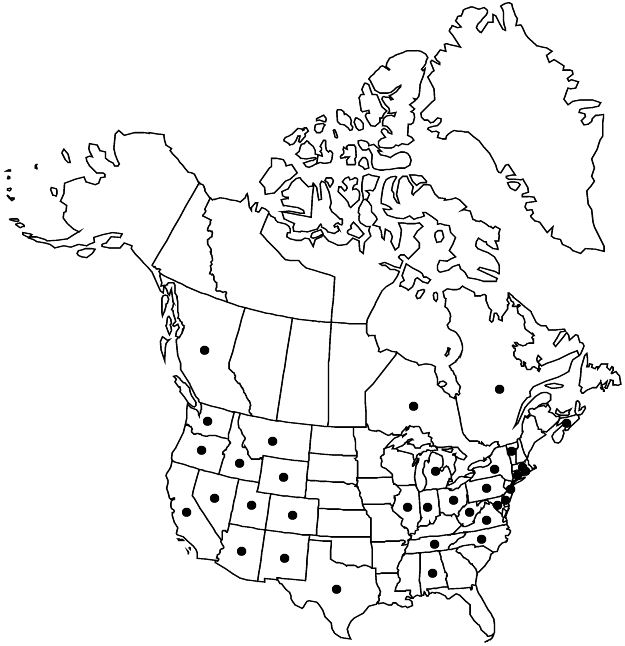Show Lower Taxa
Difference between revisions of "Poterium sanguisorba"
Sp. Pl. 2: 994. 1753.
Selected by author to be illustratedIntroduced
Synonyms: Sanguisorba minor Scopoli
FNA>Volume Importer |
FNA>Volume Importer |
||
| Line 31: | Line 31: | ||
|distribution=Europe;w Asia;n Africa;introduced also in s South America;Australia. | |distribution=Europe;w Asia;n Africa;introduced also in s South America;Australia. | ||
|discussion=<p>Varieties 5 (1 in the flora).</p><!-- | |discussion=<p>Varieties 5 (1 in the flora).</p><!-- | ||
| − | --><p>The Poterium sanguisorba complex has been treated in various and complex ways in Europe; a consensus has not emerged as to the number of species or infraspecific taxa to be recognized.</p> | + | --><p>The <i>Poterium sanguisorba</i> complex has been treated in various and complex ways in Europe; a consensus has not emerged as to the number of species or infraspecific taxa to be recognized.</p> |
|tables= | |tables= | ||
|references= | |references= | ||
| Line 53: | Line 53: | ||
|publication year=1753 | |publication year=1753 | ||
|special status=Selected by author to be illustrated;Introduced | |special status=Selected by author to be illustrated;Introduced | ||
| − | |source xml=https://jpend@bitbucket.org/aafc-mbb/fna-data-curation.git/src/ | + | |source xml=https://jpend@bitbucket.org/aafc-mbb/fna-data-curation.git/src/8f726806613d60c220dc4493de13607dd3150896/coarse_grained_fna_xml/V9/V9_518.xml |
|subfamily=Rosaceae subfam. Rosoideae | |subfamily=Rosaceae subfam. Rosoideae | ||
|tribe=Rosaceae tribe Agrimonieae | |tribe=Rosaceae tribe Agrimonieae | ||
Revision as of 18:17, 18 September 2019
Distribution

Europe, w Asia, n Africa, introduced also in s South America, Australia.
Discussion
Varieties 5 (1 in the flora).
The Poterium sanguisorba complex has been treated in various and complex ways in Europe; a consensus has not emerged as to the number of species or infraspecific taxa to be recognized.
Selected References
None.